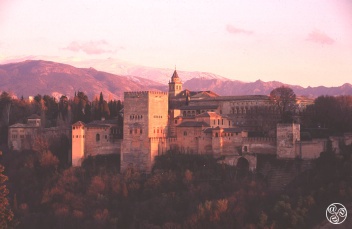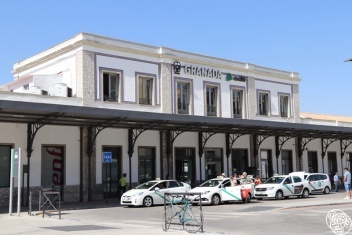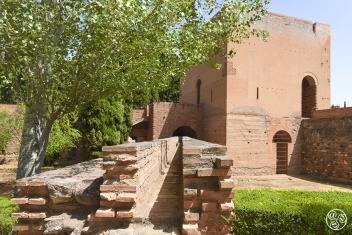Royal Chapel of Granada
The Royal Chapel (Capilla Real) sits inside the Cathedral of Santa María de la Encarnación. The Royal Chapel. The Catholic Monarchs founded the Royal Chapel for their own tombs. They chose to be buried in Granada because they saw its conquest as the crowning achievement of their reign. It was started in 1505 following a design by Enrique Egas and was completed in 1521. The northern fascade is by Garcia Pradas, and provides access to the interior; a plan in the shape of a latin cross with four side chapels.




